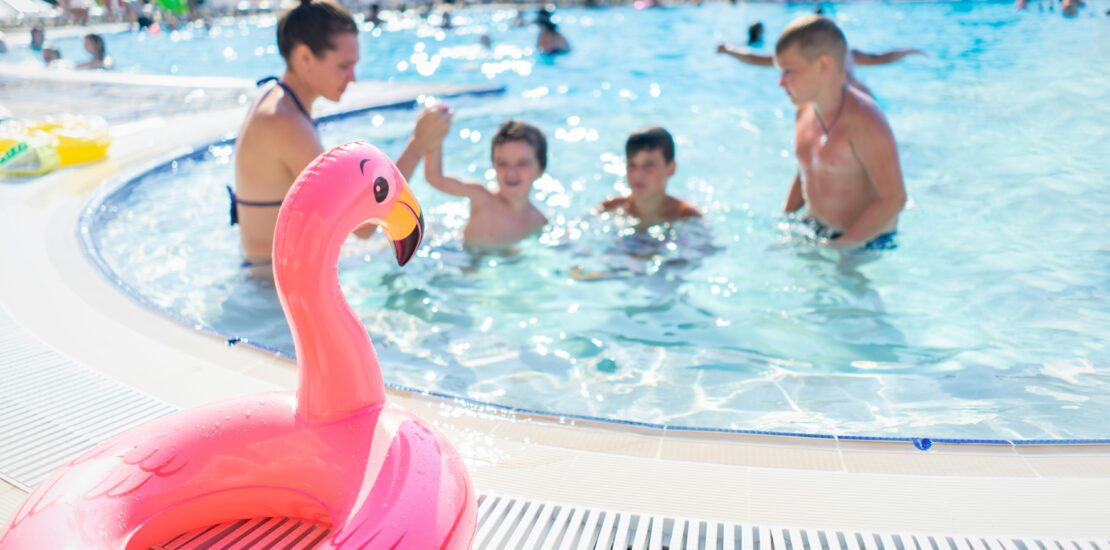- February 3, 2025
- Posted by: swimlyadn1m
- Category: Swimly Blog

10 Essential Water Safety Tips for Parents
Water safety is paramount for families, especially parents looking to create safe environments for their children. With drowning remaining a leading cause of accidental death in children, it’s vital to stay informed and proactive. Here are 10 essential water safety tips for parents to ensure their children stay safe around water:
- Always Provide Active Supervision Children should never be left unattended around water, even for a moment. Whether it’s a pool, beach, or bathtub, active supervision by an adult is crucial. Assign a designated “water watcher” who avoids distractions like phones or books while keeping an eye on the kids.
- Teach Kids to Swim Early Swimming lessons can significantly reduce drowning risks. Enrol your child in age-appropriate lessons as soon as they show readiness. Choose a swim school that emphasizes safety alongside technique.
- Learn CPR and First Aid Knowing how to respond in an emergency can save lives. Many local organisations offer CPR and first aid courses, which equip parents with essential skills to handle water-related incidents.
- Assess Your Own Swimming Ability Before entering the water with your child, honestly assess your own swimming skills. Many parents drown each year attempting to save their children. Consider taking adult swimming lessons if you’re not a confident swimmer, and always prioritise calling for help from lifeguards or others nearby.
- Use Proper Flotation Devices Ensure children wear Coast Guard-approved life jackets during water activities. Floaties and pool toys are not substitutes for safety equipment.
- Fence Your Pool Home pools should have secure fencing with self-latching gates to prevent unsupervised access. Ensure fencing meets local safety standards and is inspected regularly.
- Be Aware of Pool Drains and Covers Ensure your pool’s drains and covers are compliant with safety regulations to prevent entrapment. Teach kids to avoid playing near pool drains.
- Understand Open Water Hazards Lakes, rivers, and beaches pose unique challenges. Discuss the importance of respecting currents, tides, and underwater obstacles with your children.
- Keep Toys Away from Pools Remove toys from the pool area when not in use to avoid enticing children to retrieve them unsupervised.
10. Educate Children on Water Safety Rules Teach kids simple, memorable safety rules like “no running near the pool” and “never swim alone.” Consistent reminders can instill lifelong habits.
11. Stay Informed About Weather Conditions Be aware of the forecast when planning water activities. Thunderstorms, high winds, and heavy surf can turn a fun outing into a dangerous situation.
Additional Resources for Parents
- Swim Lessons: Look for programs designed specifically for children of different ages and skill levels. Find out what Swimly offers here (link to child page)
- Safety Equipment: Invest in pool alarms, covers, and life jackets to enhance protection.
- Community Programs: Join local water safety workshops to stay updated on best practices.
Final Thoughts
Water safety starts with awareness and preparation. By adopting these essential tips, parents can create safer water environments and instill valuable lessons that children will carry for life. Always remember, water safety isn’t just about prevention; it’s about empowering families to enjoy water activities responsibly.

